And despite all this, the traditional Irish tendency to immediately compare one person’s plight with another persists. To the single mother in emergency accommodation, a rent increase sounds like a pretty good problem to have. To the three generations under one roof, waiting for social housing, negative equity doesn’t seem so bad at all. For the first time buyers, now expected to pony up €320k for something “affordable”, the diminishing profits of developers surely don’t invoke any tears of sympathy.
The sad truth is that everyone – from the homeless, to the renters, to the prospective buyers, to those in mortgage arrears, are all moving parts of one colossal national machine. That machine is increasingly broken, with no apologies made for either the incumbent government or the predatory actions of overseas vulture funds.
If we are to overcome this national crisis it is imperative that we stop the begrudgery. We cannot continue to reply to all news of the hardship felt by others by simply saying “yeah, well, here’s why it’s worse for me”. This approach to the crisis will serve simply to divide. A house divided remains easily conquered, as the natural forces of capitalism have shown time and time again.
In times of widespread adversity, the solution lies in widespread co-operation. The Raise The Roof campaign, comprising a broad coalition of housing policy experts, political parties and trade unions, demonstrates the crucial importance of seeing the crisis for what it is – a national one, not limited by a specific group’s pains but one in need of radical solutions that can benefit all, rather than just those that have profited from housing as a commodity up until now.
Ireland can be a home for all, but if we’re going to live together it’s time we began to truly work together.
This post was written by Jimi Kavanagh (@ninety6days), editor of soapbox.ie (@talktosoapbox) a website on the go since 2014. Picture by @Ciaraioch



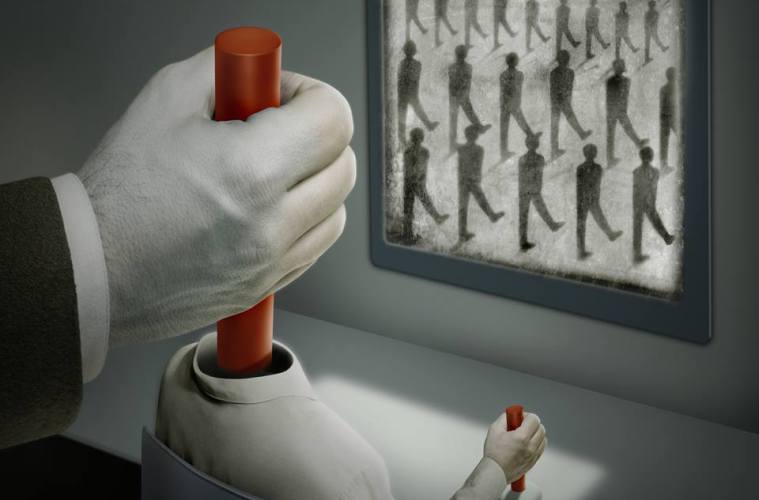
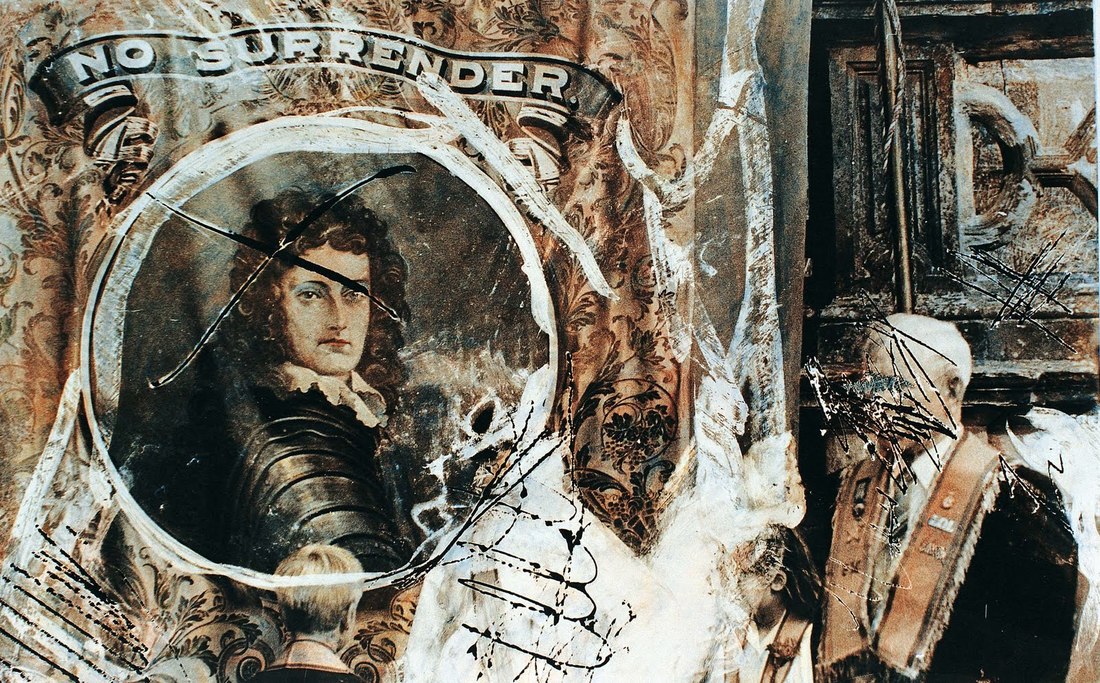
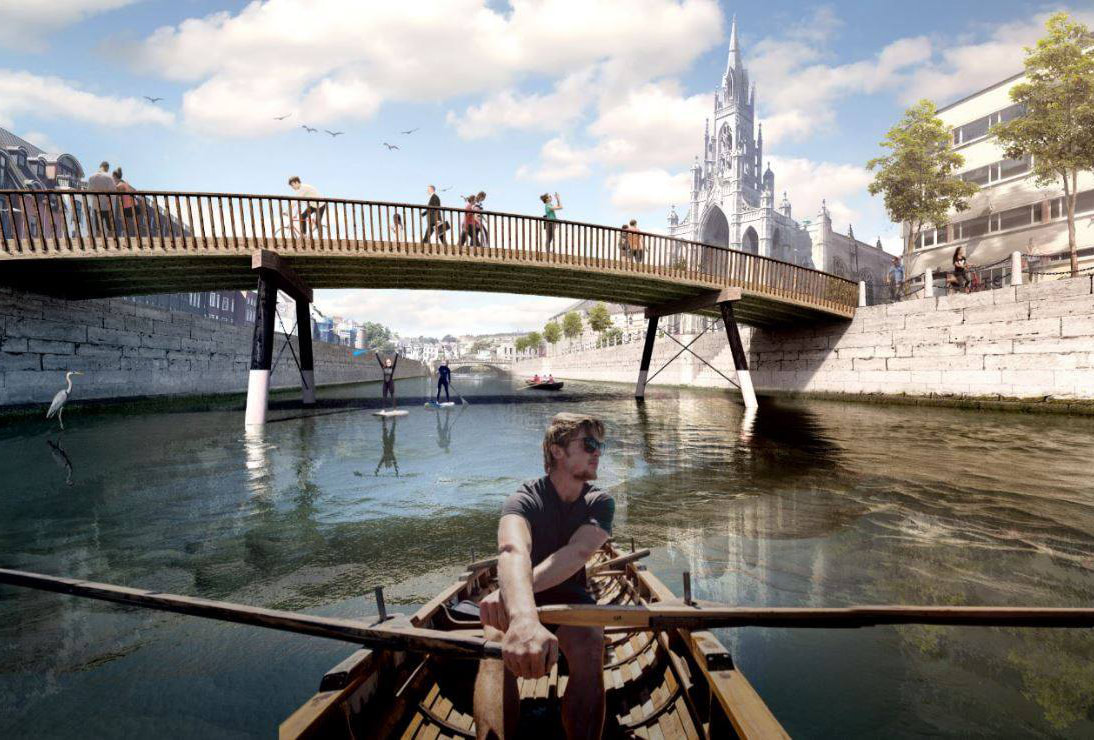
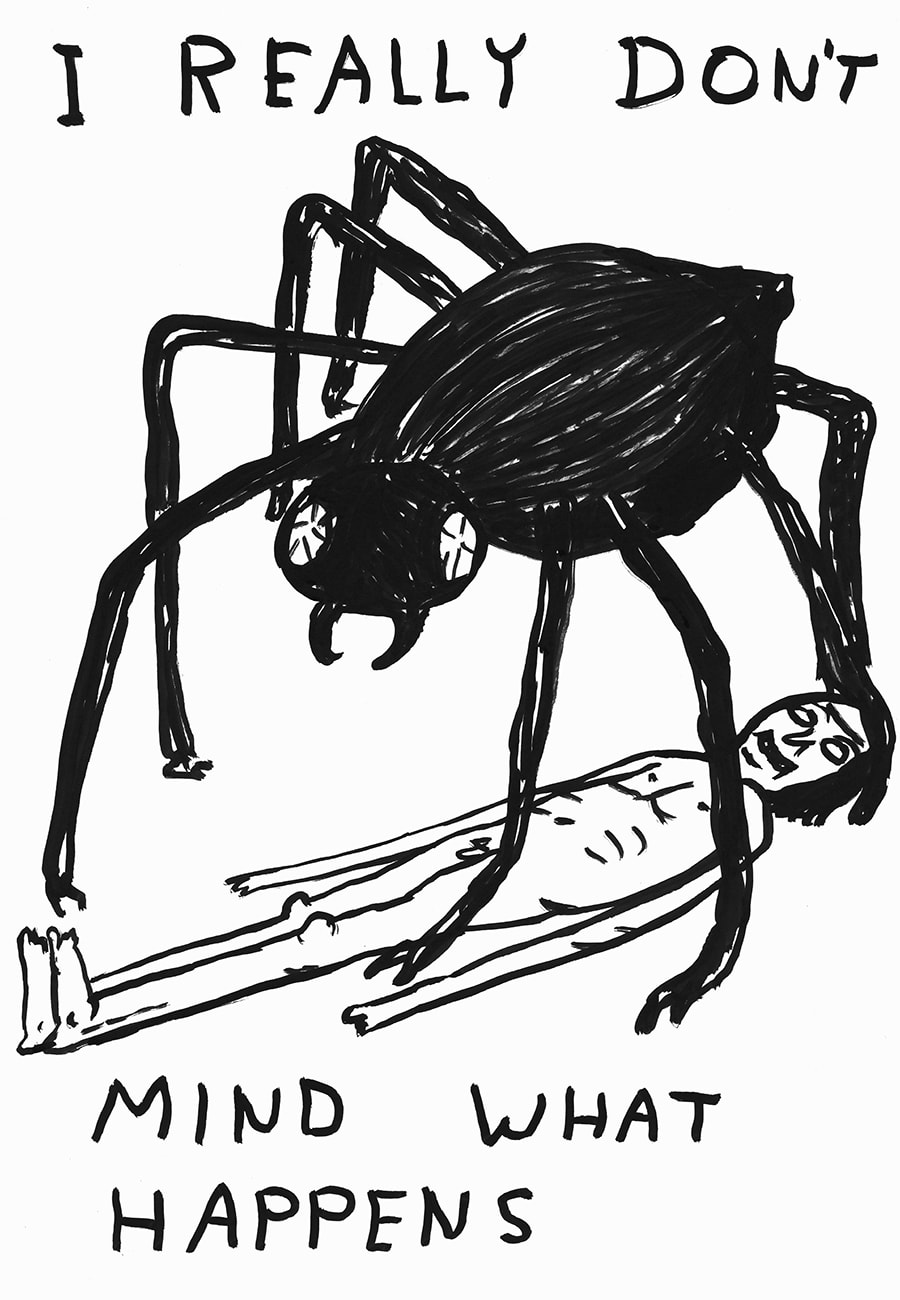
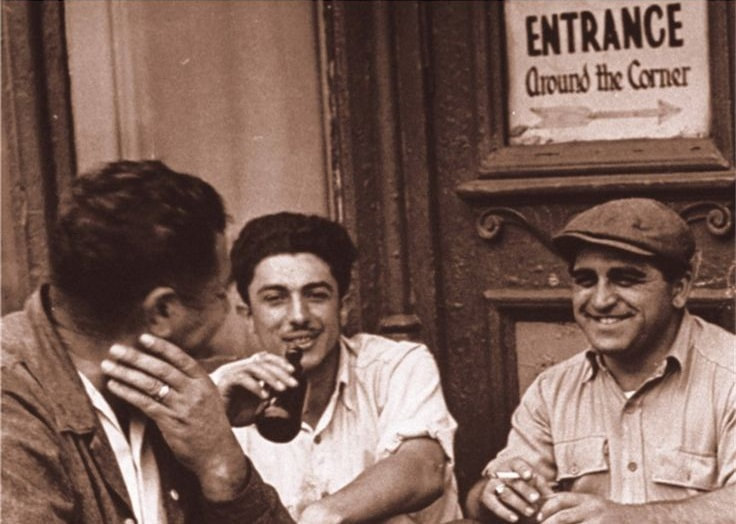
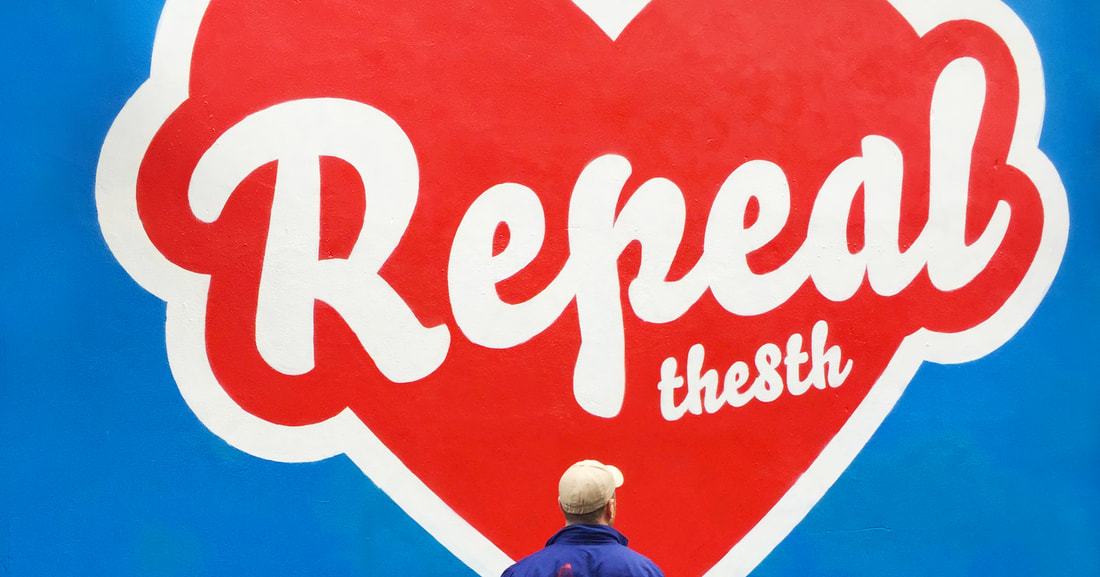
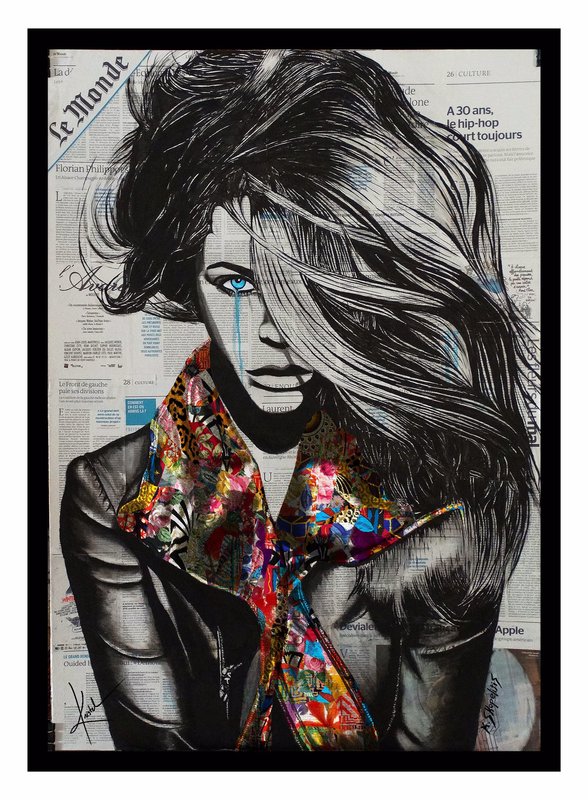
 RSS Feed
RSS Feed
